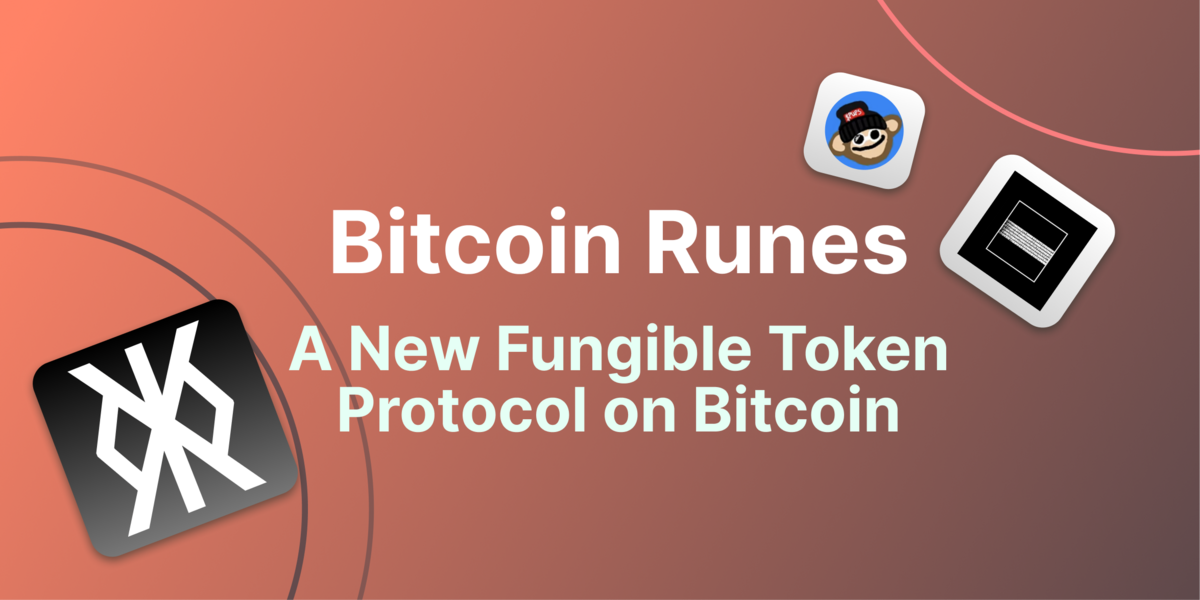Interpreting charts, candlestick patterns, and other technical indicators is an essential skill for thriving in financial markets like stock and crypto markets. Nevertheless, these indicators don’t guarantee 100% outcomes.
The golden cross and death cross are two primary technical indicators that you can easily spot on trading charts. Whether you are HODLing or day trading crypto, understanding these indicators might give you a competitive advantage over other investors.
Since both patterns are closely associated with another technical indicator called moving average (MA), let’s briefly discuss it before we dig deeper into what the golden cross and death cross are.
What is a Moving Average?
As the name suggests, a moving average is a method for calculating the average price of an asset over a given time period. While there are several types of moving averages, the simple moving average (simple arithmetic mean) and the exponential moving average, also known as EMA (puts more weight on recent prices), are the primary moving averages.
The most commonly used MA lengths are:
-
20 MA
-
50 MA
-
100 MA
-
200 MA
MA is an effective analysis tool since it can help you establish the price trend without an information overflow. In other words, it enables you to unearth what many traders are doing in the market.
For instance, when Bitcoin’s price falls above the 50-day MA, it shows there are more active buyers than sellers in that period. As such, you should consider buying Bitcoin and avoid shorting it. Now let’s dig into the golden cross meaning.
What is a Golden Cross?
A golden cross is an event on a trading chart involving a short-term MA crossing above a long-term MA. Mostly, financial analysts use the 50-day MA as the short-term average and the 200-day MA as the long-term average. Nonetheless, this is simply a general concept since a golden cross can take place in any time frame.
A golden cross occurs in three stages:
-
The lead-up: The short-term MA is under the long-term MA in a downtrend
-
The golden cross: The downward trend changes and the short-term MA moves above the long-term MA
-
Continuous upward trend: An uptrend begins where the short-term MA remains above the long-term MA
That is how you identify a golden cross.
From the image above, you can clearly see that the 50-day MA was way below the 200-day MA before the golden cross happened. That means that the asset’s average performance in the previous 50 days had been considerably worse than the last 200 days prior to the golden cross.
The illustration above uses a simple moving average (SMA).
What Happens After a Golden Cross?
Typically, a golden cross sends a bullish signal. As mentioned, a MA estimates the average price of a stock or crypto for the period it plots. As such, when a short-term MA remains underneath a long-term MA, the asset’s short-term price is on a downward trend compared to its long-term price action.
So, what happens when the short-term MA crosses and moves above the long-term MA? Well, this signals a potential change in the price performance, as the short-term mean price of the asset appreciates more than its longer-term mean price – the reason why most analysts consider a golden cross a bullish signal.
Besides SMA, you can apply EMAs to find upward and downward trends even in the golden cross. Since EMAs apply more weight to the most recent data, they are more reactive to the latest price changes, hence their crossover signals might be less reliable than SMA signals as price fluctuates. Still, given its responsiveness, many crypto traders prefer EMA crossovers to SMA as tools for determining market trend reversals.
Historically, the golden cross has often resulted in bullish market outlooks. For example, in April 2019, when the bears bottomed, the formation of a golden cross caused a continuous upward trend, sending prices to as high as $13,000.
What is a Death Cross?
A death cross is when a short-term MA crosses below a long-term MA, and typically, traders use the 50-day MA as the short-term MA and 200-day MA as the long-term MA. In other words, it’s the exact opposite of a golden cross. Death crosses are often associated with bearish markets.
Death crosses also occur in three stages:
-
The lead-up: The short-term MA is on top of the long-term MA in an uptrend
-
The death cross: The trend changes and the short-term MA moves underneath the long-term MA
-
Continuous downward movement: A downtrend begins, and the short-term MA remains below the long-term MA.
That is how you identify a death cross.
On the right side of the illustration, we see that the 50-day AMA falls sharply and collides with the 200-day MA. This implies that prior to the death cross, the S&P 500 was performing well in the last 50 days compared to its 200-day MA.
What Happens After a Death Cross?
After a death cross happens, which means the 50-day MA crosses below the 200-day MA, the short-term average price of an asset depreciates more than its long-term average price, signaling a bearish market outlook. As a matter of fact, death crosses occurred before the severe financial crashes such as the Great Depression of 1929 and the Great Recession of 2008.
Death crosses could also be healthy signals of a reversal in a market trend, but it’s worth noting that it isn’t a full proof indicator. In this regard, it’s not wrong to embrace a risk-averse strategy and alight the train early, but a death cross isn’t the surest strategy to rely on solely.
Let’s see three examples of death crosses in crypto and stock markets.
Bitcoin Death Cross History
In June 2021, Bitcoin’s 50-day MA crossed below its 200-day MA, forming a death cross on its chart. Consequently, the Bitcoin price fell by almost 50%, from $63,000 to $31,000.
Bitcoin formed another death cross on 01/14/2022, when its 50-day MA, the purple line, moved below the 200-day MA drawn in dark-red.
S&P 500 Death Cross History
The S&P stock experienced a death cross on March 14, 2022. The crossover corresponded with death crosses that happened across the stock markets, such as the Nasdaq Composite.
The previous S&P death cross occurred in March 2020, when the markets reacted to the COVID-19 pandemic. The S&P 500 stock had also formed death crosses in 1999 during the dot-com market craze and in 2000 when the bubble burst. The index again formed a death cross in December 2007, prior to the global financial crisis.
Tesla Death Cross History
One of the recent Tesla death crosses happened on July 9, 2021, when its 50-day MA dropped from $630.44 to $629.66, and its 200-day MA increased from $629.61 to $630.61.
How Reliable Are the Golden Cross and Death Cross?
Pro tip: When a golden cross or death cross happens, it doesn’t necessarily mean a bull run or a crash will come. But in a bull run or a market crash, a golden cross/ death cross will be printed.
The statement above contains everything regarding the risks of golden and death crosses. If you act too early before a trend is confirmed, you take a higher risk since these indicators also have false negatives. Therefore, it’s vital to apply stop-loss limits in your trades, so that you curb your downfall even if you jump into or out of the market way before a trend is confirmed.
Given the same set of MA lengths (50 & 200 MA) in two conditions, MA signals on longer time frame charts tend to be more reliable than shorter time frame charts. For example, the golden cross forming on the daily chart overshadows the death cross on the hourly chart, price tends to be more bullish in this instance (every other consideration excluded).
Conclusion
There is no technical indicator that can precisely forecast the future. The best they do is plot the historical data, and nothing about the calculations is predictive. Therefore, they are way far from perfection in their outcomes.
The golden cross and death cross are great technical indicators you can apply as part of your trading strategy. Like other indicators, these crossovers also lag and can lead to early, late, or fake signals. Many traders use the 50-day MA and the 200-day MA to identify these crossovers, but the general concept and pattern apply to any length of MA.
Related: Leverage Crypto Trading: How Does It Work?

Josiah is a tech evangelist passionate about helping the world understand Blockchain, Crypto, NFT, DeFi, Tokenization, Fintech, and Web3 concepts. His hobbies are listening to music and playing football. Follow the author on Twitter @TechWriting001









 Or check it out in the app stores
Or check it out in the app stores
